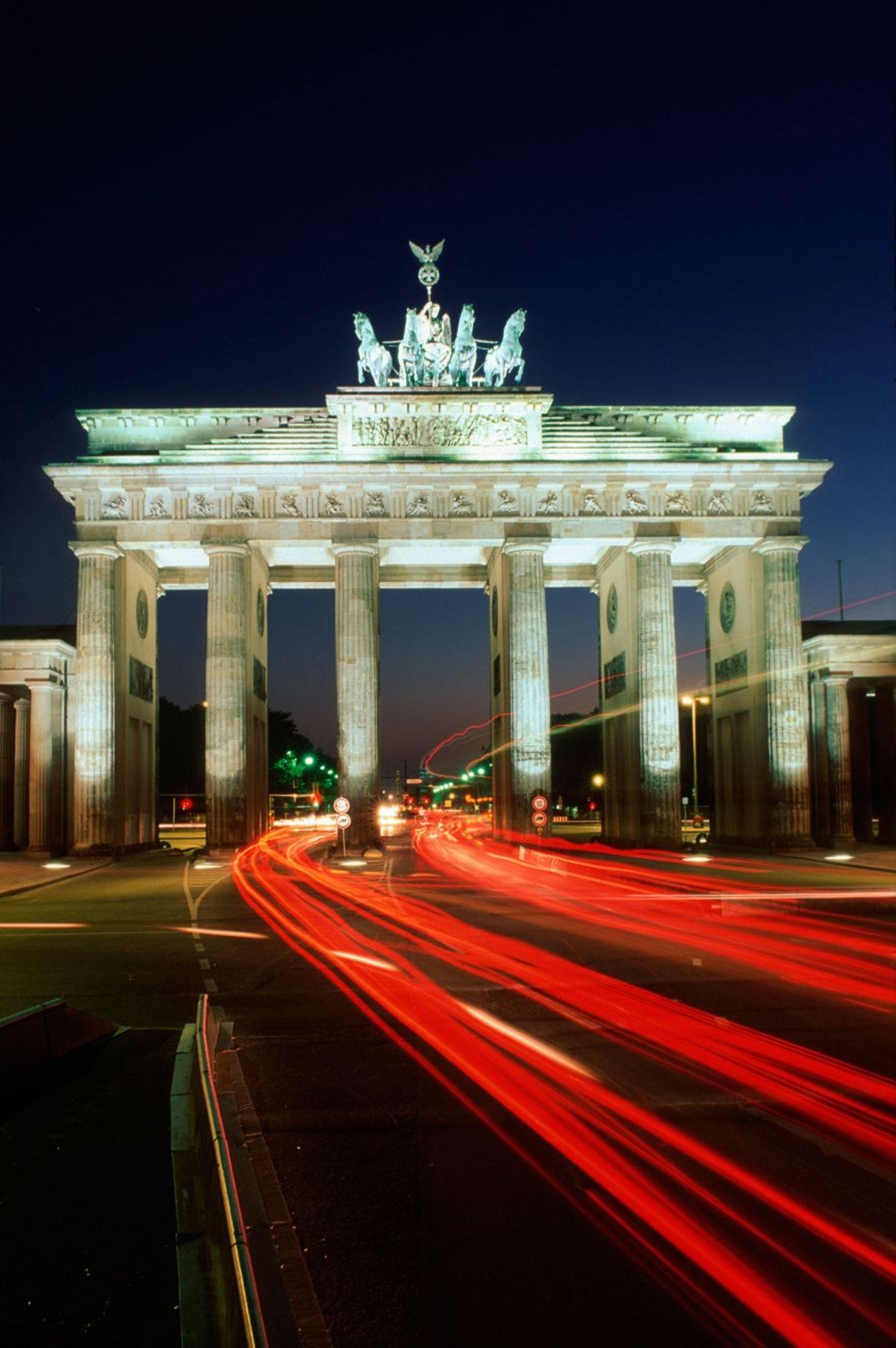Berlin: Imagine a City by Rory MacLean, book review - a beguiling and original portrait

Combining the novelist's gift for bringing the past to life and selecting telling details from bountiful research, the travel writer's and resident's "I am a camera" gift for observation, and a personal "falling in and out of love" with that city of "dark melancholy and severe winters", "warm, sensual summers", a place "forever in the process of becoming, never being, so living more powerfully in the imagination", Rory MacLean offers an entirely beguiling and original portrait of Berlin.
His is a highly unusual history told in a variety of forms by "vital anonymous players in history's grand drama" alongside some of the major thinkers, dreamers, artists, warmongers and idealists who have shaped this eternally enthralling metropolis.
MacLean is struck by the "aching absences" in Berlin, a city of ghosts, how "yesterday echoes along today's streets", springboard to much inventive artwork, architecture, writing and battles of ideas. Berlin, MacLean argues, is a place that demands the imagination becomes involved.
Looking back at 500 years of history, much of it brutal, heartbreaking, and bloody, an eclectic cast of characters answer many of the questions that strike the curious newcomer to a city where some strands of history are more palpable than visible.
From the Minnesänger of the 15th century, through the barbarity of the Thirty Years War, to an emergence of military Prussian Berlin, to later ideas of grandeur, industrialisation, the first weapon of mass destruction (Fritz Haber's poison gas in the First World War), the phoenix rising once again, dreams of Albert Speer's Germania, a city reduced to rubble and the erection of another wall, dividing the Cold War ideologies, to recent massive rebuilding and beyond, each chapter is self-contained yet contains echoing overlaps.
The author excels both in his portraits of individual architects of the various Berlins, from 19th-century Karl Schinkel, laying aside his Romanticism while always believing "functional structures could also be works of art, transforming the environment, illuminating lives", or artist Käthe Kollwitz, who captured the hard realities of the proletariat at the turn of the 20th century, stirred by the "beautiful, bold outline of the movement of ordinary people", to David Bowie's Berlin where he "felt a joy of life and a great feeling of release and healing".
Handpicked details resonate: the 1918 sight of "an elephant from the zoo [drawing] a coal cart as so many horses [had] been butchered and eaten by the hungry"; a young boy working alongside his mother and grandmother in the rubble of 1945, collecting "glinting crystal tears from shattered chandeliers"; or, two centuries earlier, Frederick the Great, Enlightenment's great hope turned rapacious aggressor, soothing himself after battle by composing poetry and reading Racine.
There are tantalising glimpses of the author's "I" voice, and one more chapter on Turkish Kreuzberg would delight this Berlinerin-of-old.
But such an approach must be selective and subjective, and MacLean's feat of mingling imagination and fact is impressive and sensitive; a perfect companion for those about to discover, or attempting to make sense of, their own Berlin.
Subscribe to Independent Premium to bookmark this article
Want to bookmark your favourite articles and stories to read or reference later? Start your Independent Premium subscription today.

Join our commenting forum
Join thought-provoking conversations, follow other Independent readers and see their replies